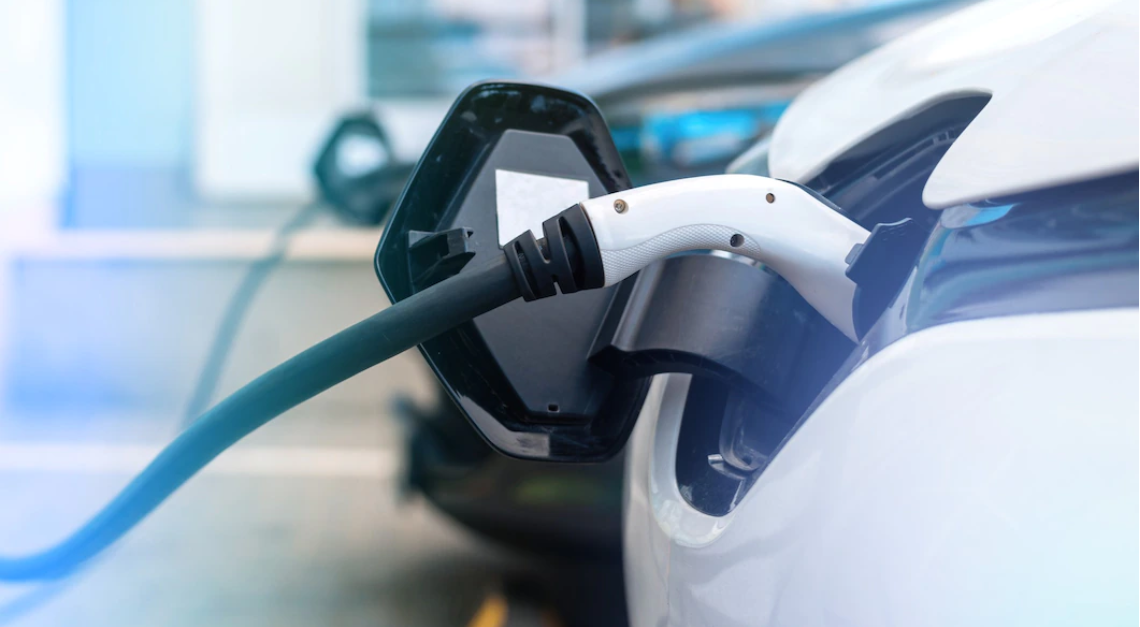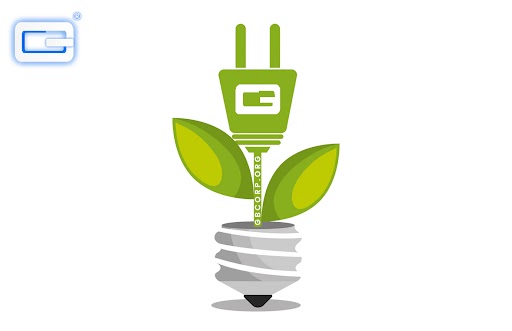Electric vehicles are becoming popular because of their extensive benefits. However, there are many misconceptions about E-vehicles. This article aims to debunk the myths about E-vehicles.
Myth 1 – E- Vehicles are not Economical.
Fact- If you consider energy and service costs, E-vehicles are more cost-effective than others.
Every technological innovation continues to follow a financial path with a higher initial cost. It reaches a peak and then declines as more people use this technology. E-vehicles are identical, but Higher cost points transition as prices fall. The government provides numerous subsidies and incentives to assist with heavy initial expenses.
Because E-vehicles have a simple construction and fewer damages, they have lower operating and maintenance costs.
Myth 2 – E-vehicles take forever to charge their batteries.
Fact – Cars get parked most of the time. You can charge your car by plugging it in during your idle time at home. If you must power your vehicle on the go, fast chargers will help you. These chargers can charge some E-vehicles from 20% to 80% in almost 30 minutes.
The charger type determines the charging time of E-vehicles. According to the Energy Efficiency Bureau, currently operating electric vehicles (2-wheeler, 3-wheeler, 4-wheeler) could be charged from 0 to 80 percent in 1 – 5 hours using Slow/Moderate chargers and less than 1 hour using Fast chargers. Larger batteries in electric four-wheelers get charged quickly with fast chargers.
Myth 3 – Batteries in E-vehicles exhaust soon.
Fact – EV range can easily manage most daily driving and is constantly improving. Charging an electric vehicle indeed necessitates a different approach. However, the scope of today’s EVs exceeds the requirements of the average American driver.
When we compare battery life to smartphones, we become concerned about their short lifespan. The batteries used in electric vehicles are superior and last a long time. Many manufacturers offer battery warranties ranging from 5 to 8 years.
Myth 4 – The amount of carbon emission is more in E-vehicles.
Fact – Even after recording the electricity used to charge and the carbon emissions of battery manufacturing, electric vehicles have a lower carbon footprint than gasoline and diesel vehicles.
E-vehicles can transfer between 59% and 62% of the electrical energy from the grid to power the wheels. Standard gasoline automobiles can only convert about 17 to 21% of the energy accumulated in gasoline to wheel power. Because of ammonia and particulate emissions, CNG engines are not completely clean. Even after accounting for the carbon footprint of charging, European research shows that petrol or diesel vehicles produce three times the amount of CO2 as a comparable electric vehicle.
Based on other tests, they generally received high marks and are considered slightly safer than gasoline-powered vehicles. Furthermore, EVs produce no direct tailpipe pollutants. Considering the surging fuel prices and climate change, EVs are the best option for the environment. Electric vehicles remain the vehicles of the future for the majority of consumers. However, with a different range of electric vehicles set to hit the market in the forthcoming years, the change is nearer than people believe.




